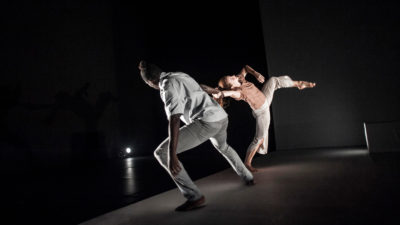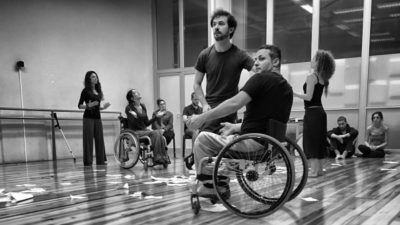ImPArt is a two-year collaboration between Un-Label (Germany), NCA.Small Theatre (Armenia), Synergy of Music Theatre (Greece) and Oriente Occidente (Italy), co-funded by the Creative Europe Programme of the European Union. Lisette Reuter, Artistic Director of project co-ordinating partner, Un-Label speaks to Joe Turnbull about the programmes aim to interrogate the aesthetics of access on an international level.
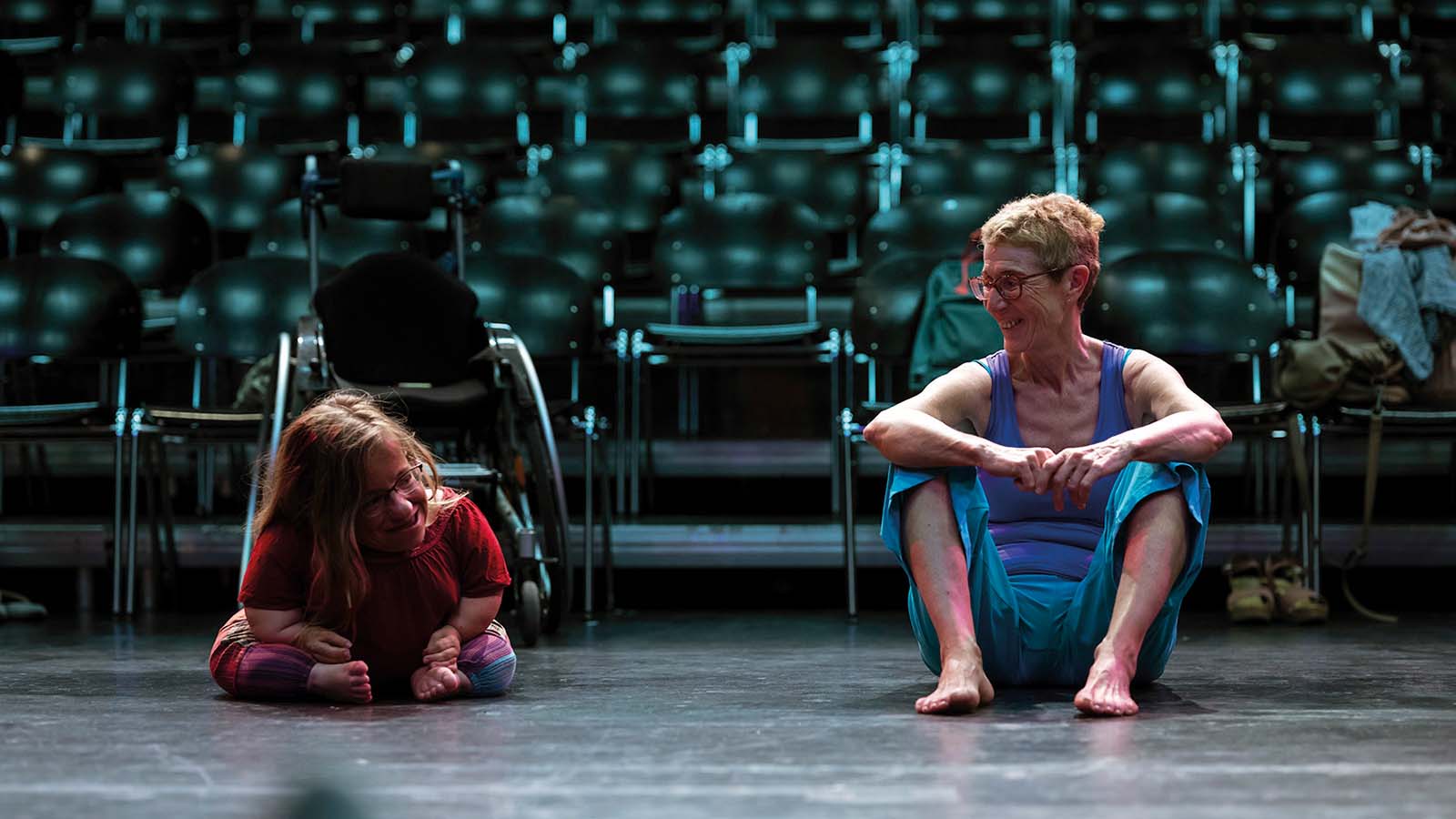
How did ImPArt part come about?
Only a few companies, artists, venues and festivals across Europe are providing proper physical access and accessibility tools such as audio description, surtitles and sign language interpretation. Whilst there is evidence that this is changing little by little, many disabled artists and disabled audiences commented to us that they still do not have equal access to the same professional development or performance opportunities as their non-disabled counterparts. It is very important to make audiences and artists feel more involved and to gain a deeper relationship with them in the creative sector through direct artistically-led accessibility with a unique development of new methods.
That’s why with ImPArt we wanted to focus on the elimination of the intermediation between the artistic product and the audience. We aim to remove barriers in the arts by inventing new forms of artistic expression that can be delivered and equally experienced by both disabled and non-disabled people. Our objective is to adapt the theoretical principles of the social model of disability into arts practice.
Furthermore, there is still a big lack of possibilities to exchange and to share knowledge between experts, scientists and makers working inclusively on an international level and to learn from each other. With ImPArt we want to close this gap and we want to enable artists and experts with and without disabilities to gain new skills, to research new artistic possibilities and to implement new aesthetically accessible artistic expressions.
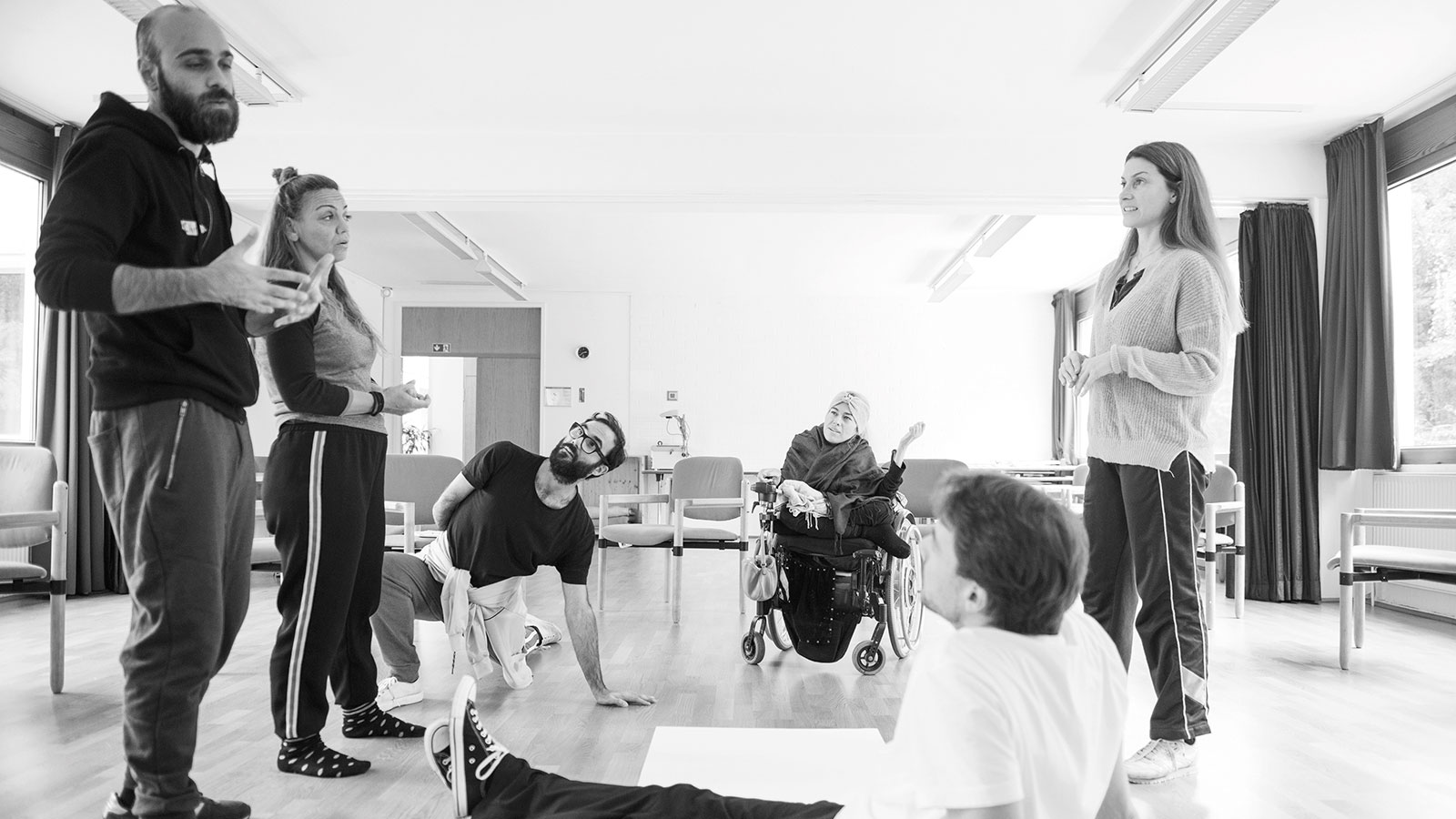
How does ImPArt differ and relate to the project Un-Label – New Grounds for inclusive Performing Arts?
ImPArt builds on the success and experience of our Creative Europe co-funded cooperation project ‘Un-Label – New Grounds for inclusive Performing Arts‘ (May 2015 – June 2017). Being one of the first interdisciplinary inclusive projects on a European level, we succeeded in creating an internationally recognised brand. We built up a dynamic European network of artists and organisations working in the development and implementation of new methods and innovative tools for inclusive performing arts. Within this project we reached a huge amount of people around Europe and were awarded several prizes. The overwhelming and enthusiastic response to this project demonstrated the need to promote inclusive projects in the field of culture on an international level, but also the strong necessity of further research, innovation and development.
Although the project has achieved a lot and some of its results have definitely exceeded our expectations, it has also become very clear that the road to a fundamentally inclusive European cultural landscape is still very long.
What became clear in the internal evaluations of the project was the lack of knowledge and experience of integrating accessibility aids into the artistic work, such as the creative use of captioning, or new artistic forms of audio description, the use of sign language as a possibility of artistic expression but also, for example, the production of accessible promotional material, etc.
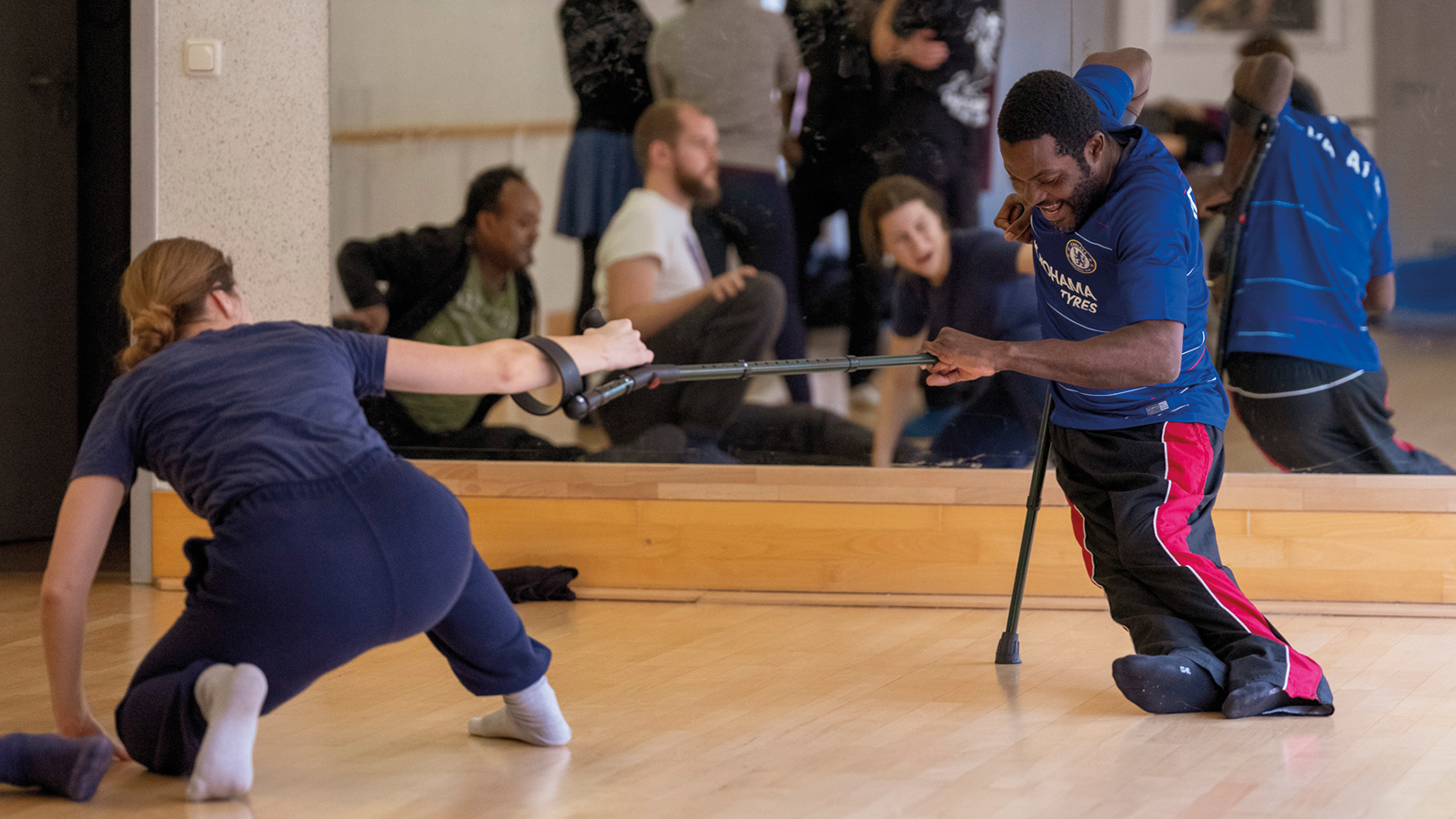
What are the key things you want to achieve with ImPArt and what have been the most significant outcomes so far?
For us, as project partners, the impetus for inclusive practice is that the inclusion of diverse performers and makers in the creation of performing arts leads to more interesting, innovative and meaningful artwork and greater access for disabled people to the profession as well as being more inviting for disabled audiences. In general, however, there is a lack of exchange of best practice, peer-to-peer learning and structural opportunities for artists and experts to further educate themselves in this field. ImPArt brings together international pioneers of inclusive performing art practice to learn from each other and to further develop the cultural scene.
All activities are scheduled to share knowledge, allow partners to observe each other’s practice and different ways of creative working, exchange skills and provide additional contact points between artists, artistic directors and key artistic staff, experts and organisations. Besides the achievement of the three productions which provide greater access for disabled artists and greater access for disabled audiences to the artistic product, the empowerment process initiated by the project among the participants is the most important thing we could achieve.
To my knowledge, it was the first time that so many different people from so many different countries have dealt structurally with the topic of aesthetics of access together. So, the project facilitated stronger links and collaborations between peak bodies to promote consistent policy and planning approaches and resources about inclusive performing arts.
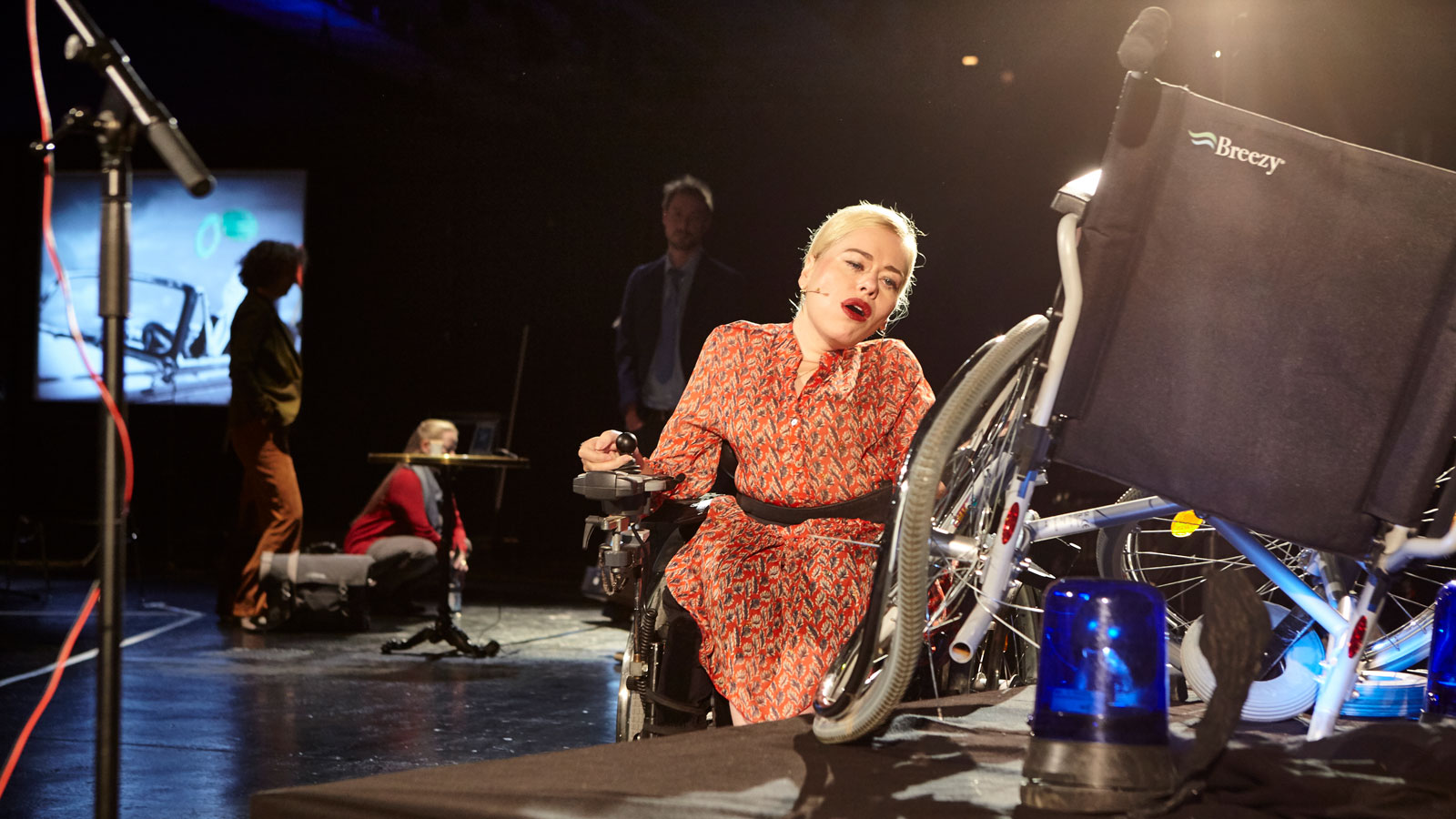
What is unique about this project?
It is very important to discuss different inclusive methods, the political and social dimension of practised diversity and artistically-led accessibility approaches on an international level. Artists and experts from the UK have been working on this approach for some time, but in all other (European) countries it seems to be almost uncharted territory.
A core group of 25 people from 5 countries was intensively involved in all project activities carried out so far. In the course of the project, these participants had the opportunity to conduct very extensive research. More than 350 other artists and experts were partially involved in the activities.
By including disabled people across Europe and beyond it increased the number and range of professional artists, artistic directors, performance makers, producers and associations committed to the aesthetics of access.
I am convinced that this approach will lead to higher quality accessible art productions, while also having a more lasting impact on the daily practice of the commissioned artists, experts and organisations. Addressing the lack of joined-up thinking in developing inclusive work, I believe that the project created a step-change in the volume and quality of work.
Why is working collaboratively across borders like this so important in this context?
Addressing the isolation experienced by many leaders and experts working in the inclusive art field in Europe, our aim with this project is to share opportunities, challenges and expertise of working inclusively across national boundaries and provide peer mentoring to key staff who have encountered many similar challenges in embedding accessible work in the performing arts. Broadening this impact, the project invites colleagues from various countries working in similar contexts to participate in our activities.
Our collective vision as partners is that accessibility and inclusion is an opportunity for a greater economic, cultural and creative impact. In our opinion it is very important that we develop and learn from each other new competencies and strategies for audience development, to implement them artistically and to share and spread them through a big international network of stakeholders (artists, makers, experts) throughout to promote a sustainable strategic change for the inclusive development of the cultural sector.
Of course, it was especially exciting that Armenia has just joined the EU Creative Europe Programme in 2018 as a full partner country for the first time. This was a new opportunity to strengthen EU-Armenia cooperation through this culture project. It is very important to enable disabled people in developing countries like Armenia to have the opportunity to develop and utilize their creative, artistic and intellectual potential, not only for their own benefit, but also for the enrichment of society and as a role model for Middle East countries in general.
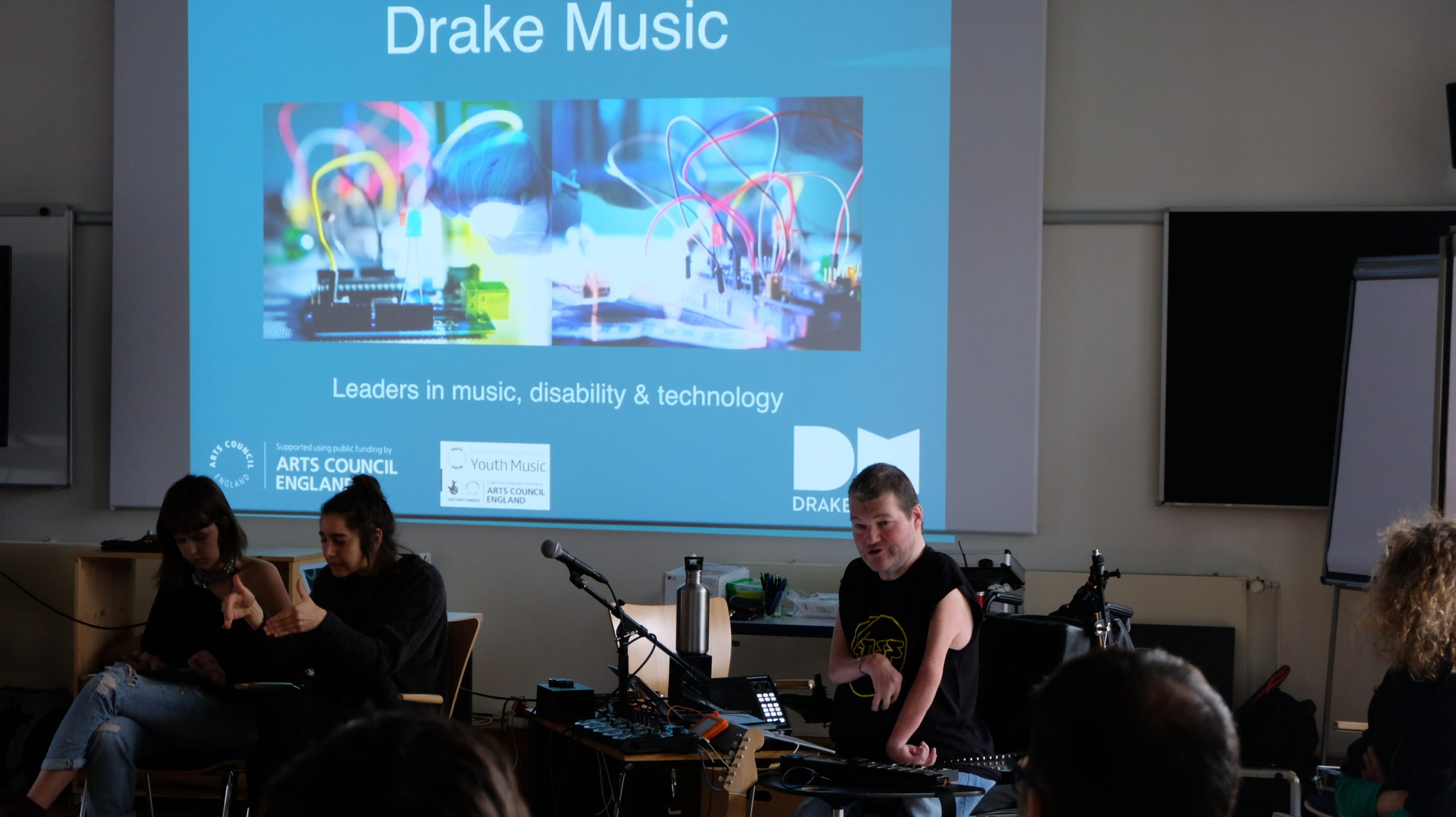
Are there any key milestones coming up you can tell us about?
Most of the activities have already been completed and we are now concentrating on the dissemination of the results as well as on the promotion of the productions. This has already been quite successful, as the performative installation Re:construction created in the project was shown at the Cologne Opera in October 2019 and the dance duet Gravity (and other attractions) will be presented in February at the Royal Conservatoire Antwerp.
But one upcoming milestone will definitely be in May 2020 where all three productions will be presented one more time together in Germany. This will take place within the framework of the Sommerblut Festival in Cologne and at the same time, we will be organizing the third edition of our big international symposium ALL IN. We will invite our wide-reaching, diverse and influential networks to participate. Through our networks of presenters, associated partners and producers we hope our performances to be programmed and presented into mainstream art festivals and programmes after the project period beyond.


